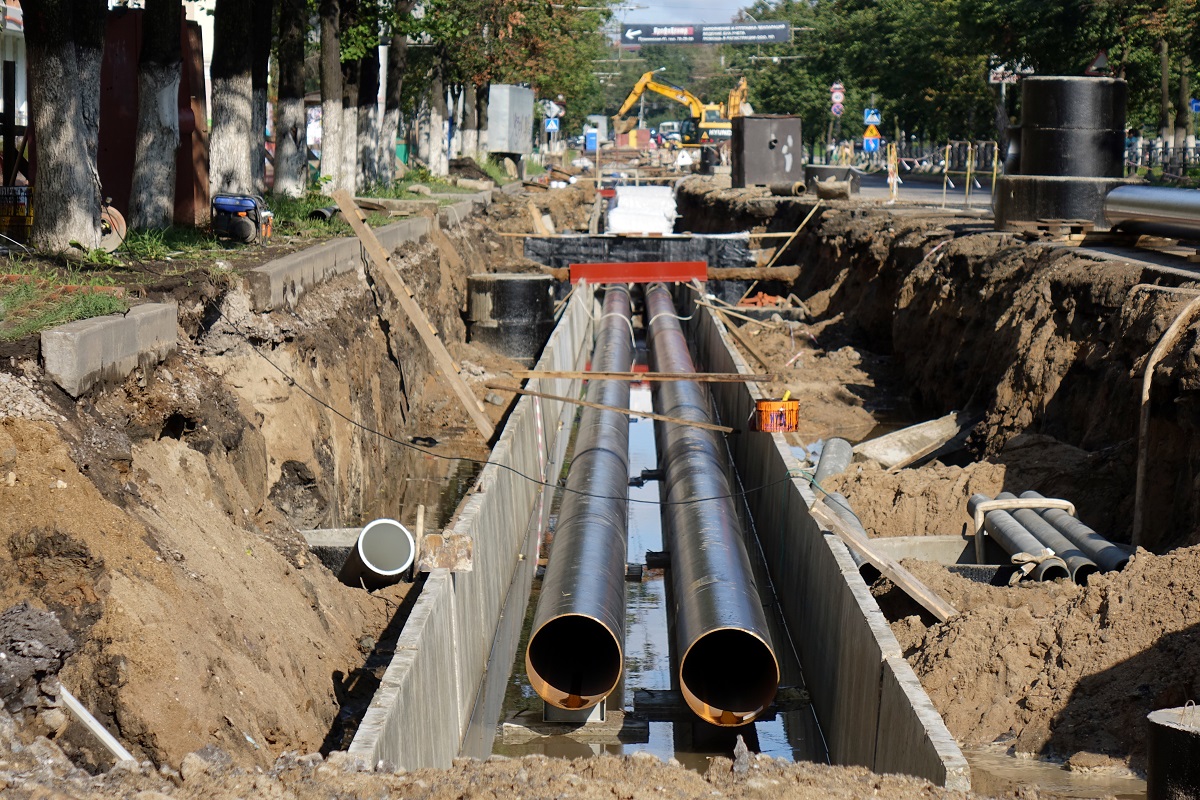Water Funding Included in the Infrastructure Bill
This update comes from the Water Environment Federation (WEF) This Week in Washington…
The bill includes almost $55 billion in water infrastructure funding and several policy provisions that will benefit the nation’s water infrastructure. The water infrastructure section in the Senate package is fairly similar to what was passed by the Senate in April in the Drinking Water & Wastewater Infrastructure Act (S. 914), which WEF supported.
Key Water Provisions
Below is a list of the key water provisions in the infrastructure package. * = WEF supported provision
- Clean Water State Revolving Fund (SRF) and Drinking Water SRF each receive $11.7 billion over five years ($2.4B/FY22; $2.7B; $3.0B; $3.2B; $3.2B)*
- $1 billion will be provided in grants through the Clean Water SRF to address emerging contaminants.*
- $4 billion will be provided in grants through the Drinking Water SRF to address PFAS in drinking water.
- $15 billion in loans and grants will be provided through the Drinking Water SRF for lead service line replacement.
- The Water Infrastructure Finance and Innovation Act (WIFIA) will receive $250 million over the next five years and facilities applying will be required to have only one ratings agency opinion letter (instead of two).*
- The U.S. Environmental Protection Agency Sewer Overflow & Stormwater Reuse Municipal Grant Program will receive $1.4 billion over the next five years. Not less than 25% of the fund will to go to rural and financially disadvantaged communities.*
- The Alternative Source Water Pilot Program will get $125 million over the next five years.*
- The Rural and Low-Income Water Assistance Pilot Program will establish a new U.S. Environmental Protection Agency program to provide 40 grants per year to utilities to assist low-income ratepayers.*
- The Wastewater Energy Efficiency Grant Pilot Program will get $100 million over the next five years.*
- The Clean Water Infrastructure Resiliency and Sustainability Grant Program will get $125 million over the next five years.*
- The Small Publicly Owned Treatment Works Efficiency Grant Program will be established with funding levels to be determined.*
- The connection of homes and communities to Publicly Owned Treatment Works Grant Program will get $200 million over the next five years.*
- The Water Infrastructure and Workforce Investment Grant Program will get $25 million over the next five years. *
- The Stormwater Infrastructure Technology Program will get $25 million to create five Stormwater Centers of Excellence and $50 million for stormwater infrastructure planning/development and implementation grants.*
- Buy America requirements will expand in SRF and WIFIA to include “manufactured goods,” in addition to the existing iron and steel Buy America requirements. (WEF sent letter of opposition.)
Senator Diane Feinstein also released a more detailed list of funding for California water infrastructure projects.
Preparing for future droughts
- Water storage: $1.15 billion for water storage projects to hold more water in wet years and after major storms for use by communities and for environmental benefit.
- Water recycling: $1 billion for water recycling projects to help stretch water supplies without increasing diversions from rivers and the Delta or harming the environment.
- Desalination: $250 million for desalination projects to provide a drought-proof water supply and demonstrate improving desalination technologies.
- Environmental restoration: $980 million for environmental programs for Western water, including $580 million for ecosystem restoration programs and $400 million for water conservation and water-use-efficiency programs, including through the use of natural infrastructure.
- Reclamation: $3.2 billion to help reduce the backlog in Bureau of Reclamation infrastructure repairs.
- Dam safety: $500 billion for dam safety that would allow seismic repairs to BF Sisk Dam, a key hub for California’s water delivery system. The bill also includes $2.5 billion for the Twenty-First Century Dams Act, including $875 million for dam safety, $800 million for hydropower dam retrofits and upgrades and $890 million for removing unneeded dams and restoring fish runs on rivers. Many of the dams that would qualify for this funding are in California.
